In the previous blog I talked about how different studios tried to create fighting game characters by using Capcom’s template from Street Fighter II. One of the missteps that some studios made was in overtly pandering to the western audience. The examples I used were Max Eagle, and Magic Dunker who wore costumes made up the stars, and stripes of the USA flag. There was no mistaking who these characters were, and what they represented when they literally wore the nation’s colors on their shorts. Yet great character design was more often subtle. It was subtle in the sense of how people thought Chun-Li’s costume was traditionally Chinese even if there wasn’t’t really anything classical about it. There was another way this subtlety was accomplished. SNK would not always use traditional outfits on their fighters. Instead they would put their martial arts masters in street clothes. But they weren’t just any outfits from the mall. They were on the leading edge of fashion, if not predicting it by a few years. These outfits were more than just flashy, they were carefully assembled to tell a story. The star of Fatal Fury, and poster boy for a lot of SNK’s greatest hits was Terry Bogard. Take a look at the evolution of his costume over 30 years, and see what you could identify. For the sake of this blog I am going to leave out
the updated look that he received in Garou Mark of the Wolves. Since that involved a time jump.
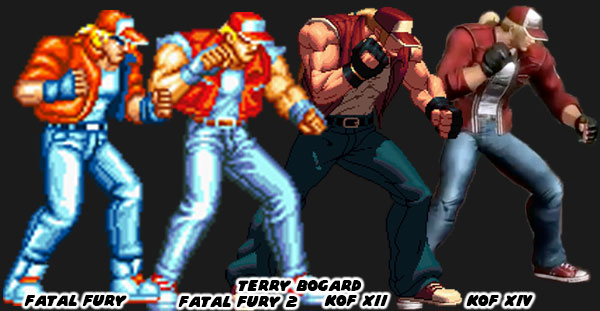
Terry was the “Wild Wolf” of the King of Fighters universe. He didn’t represent any traditional form, like his brother Andy, instead Terry learned how to fight on the streets. He was a western character, the typical blonde-haired protagonist, however SNK didn’t play up those features. They covered him up with a trucker cap. His colors were red, white, and blue, but they weren’t the shades that you would find on the US flag. The blue on his jeans was a very faded light blue. This signaled to players that he spent a lot of time living, and working outdoors. He wore a white tee shirt, something classic, and humble. He wore a leather jacket, tough, and durable. It had a single star on the back, but it was saturated with more orange than crimson. He wore white sneakers, casual, but sporty. These would be swapped out for red ones which contrasted better with his outfit in later revisions. The tweaks that SNK gave his outfit only further reinforced the story elements from his costume. The sleeves on his jacket would be torn off to reveal huge muscles. By King of Fighters XII he was at his most muscular form. A few years later he was slimmed down, and the sleeves put back on his jacket. His jacket turned from leather to jean material, lighter, and more flexible. The majority of characters got similar makeovers post KOF XIII. Why was this?
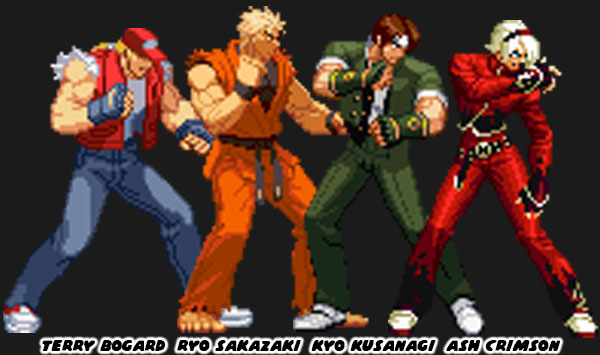
With the exception of Ryo Sakazaki, SNK had mainly pushed leading characters in very fashionable street costumes. The character that carried the torch in the KOF series was Kyo Kusanagi, he wore a very hip take of a gakuran, or school uniform. Not unlike the way Jamie wore his kung-fu outfit with a Hip Hop vibe in SF6. The young Kyo’s powers were cloned for the even more fashionable Ash Crimson. There were many characters introduced in the KOF series who wore flashy outfits. This was one of the things that distinguished their lineup from Street Fighter’s. SNK changed the look, feel, and overall aesthetic of KOF with XIV. They saw that the swollen characters in XII, and XIII weren’t necessarily going over well with audiences. The studio then put former Capcom developer, and SFIV team member Yatsuyuki Oda in charge of KOF. He focused more on making cool-looking characters that would appeal to their target audience. In this case they wouldn’t try to guess western tastes, but instead try to create archetypes that would be more popular in Asia.
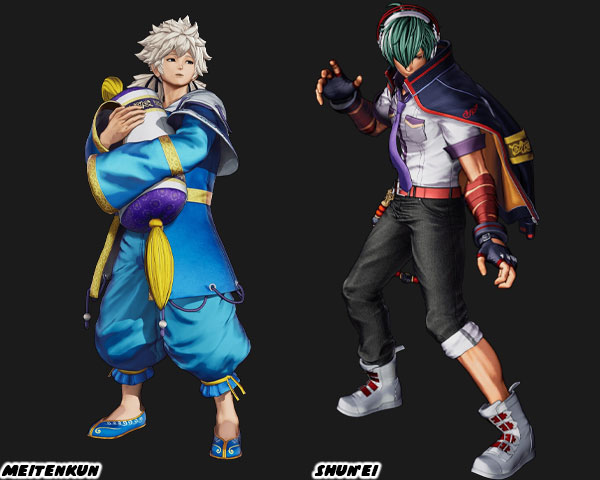
Fighting games enjoyed popularity all around the world. North, and South America, the Middle East, Europe, and England had millions of fans, all eager to get the next game, and hopefully see a little representation in the lineup. In Asia there were countless fans, more so than just Japan. People in Malaysia, Singapore, Hong Kong, Taiwan, Korea, and Thailand loved the game. There were a number of changes happening between developers, and publishers all throughout Asia, some of which directly influenced the franchises. 37Games from China bought a majority stake of SNK in 2015. The studio created, and distributed browser, and mobile games in North America, and Europe, as well as China. The owners were fairly large company with a market cap of $7.14 billion. By comparison Capcom headquartered in Japan had a market cap of $5.18 billion. Both companies were of course mindful of the new media juggernaut. The biggest publisher in China was Tencent. That company had a market cap of $446 billion, by comparison Disney had a market cap of $175 billion. It would make sense to try and get Tencent’s attention, and become partners on a game somewhere down the road.
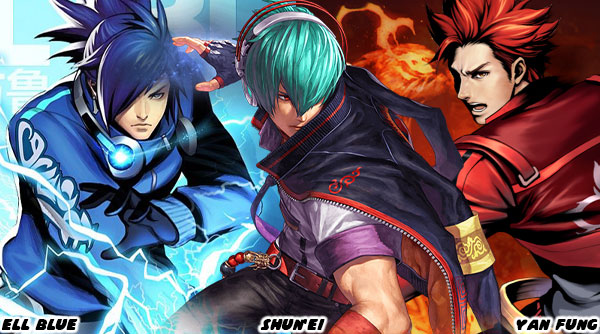
Since China was becoming the biggest gaming market. It only made sense for SNK to make a title that could win over Chinese fans. This was why the two new leads in KOF were added to Team China. Meitenkun, and Shun’ei made more sense in that role than the “Psycho Soldier” team of Athena, and Sie Kensou. The team also had the elderly master trope of Tung Fu Ru, who was a mentor to Terry, and Andy Bogard. Meitenkun, and Shun’ei were decidedly unlike the super-strong brawlers that Americans were used to seeing. They weren’t tall, weren’t buff, and weren’t “manly” by western standards. The sleepy Meitenkun was a decidedly soft boy with incredible internal power. He was a sort of pretty boy that could be appealing to female fans. His name actually sounded like the Mandarin saying “mei tian kun” which meant “sleepy everyday". The other character Shun’ei was meant to be the star character. He was an updated take on the cool guy, the new Kyo essentially. His school uniform was just as fashionable, and he even wore it with one pant leg rolled up, take that Jamie! The designers behind Rock Howard, the young star of Garou Mark of the Wolves, had a hand in creating Shun’ei.
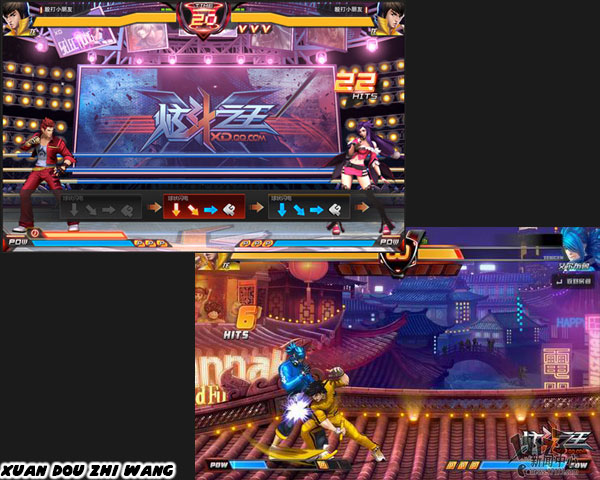
Many of the KOF star characters did not represent a traditional martial arts style, they were given awesome powers instead. Very much like comic book heroes. Kyo had flame powers, as did Ash. Shun’ei had both flame, and water powers. These were reflected in the red, and blue psychic hands that he attacked with. The design, and choice of colors I think was done in response to the popular home-grown Chinese game Xuan Dou Zhi Wang aka King of Combat. Jade Studio developed the game for publisher Tencent Games in 2011. It would receive new characters, and stages over the next eight years. This was well before 37Games acquired SNK. Those that had seen King of Combat, and had played it could say that it was a clone of the KOF series. The character selection, and even stage design seemed lifted from SNK’s best work. I
had already talked about this connection with Shun’ei, but essentially his look was an amalgamation of Ell Blue, and Yan Fung, the stars of that game.
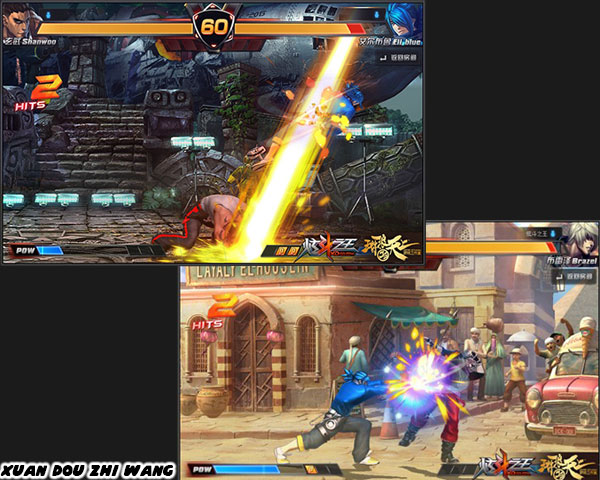
Two years before SNK was sold
Tencent announced a crossover where KOF characters would appear in King of Combat. This raised the status of the game, and made the copycat title appear more legit to the Chinese fighting game community. It also helped make sure that the aesthetic that SNK used would remain more Asian influenced. These things helped explain the shift in changes from slim-to-buff, back-to-slim characters in KOF. There was something happening in Capcom as well. I'm going to talk about it on the next blog. I hope to see you back for that. I’d like to hear your take in the comments section. Let me know what you think defines the Capcom, SNK, or the style of any publisher. As always if you would like to sponsor me
please visit my Patreon page and consider donating each month, even as little as $1 would help make better blogs and even podcasts!






No comments:
Post a Comment